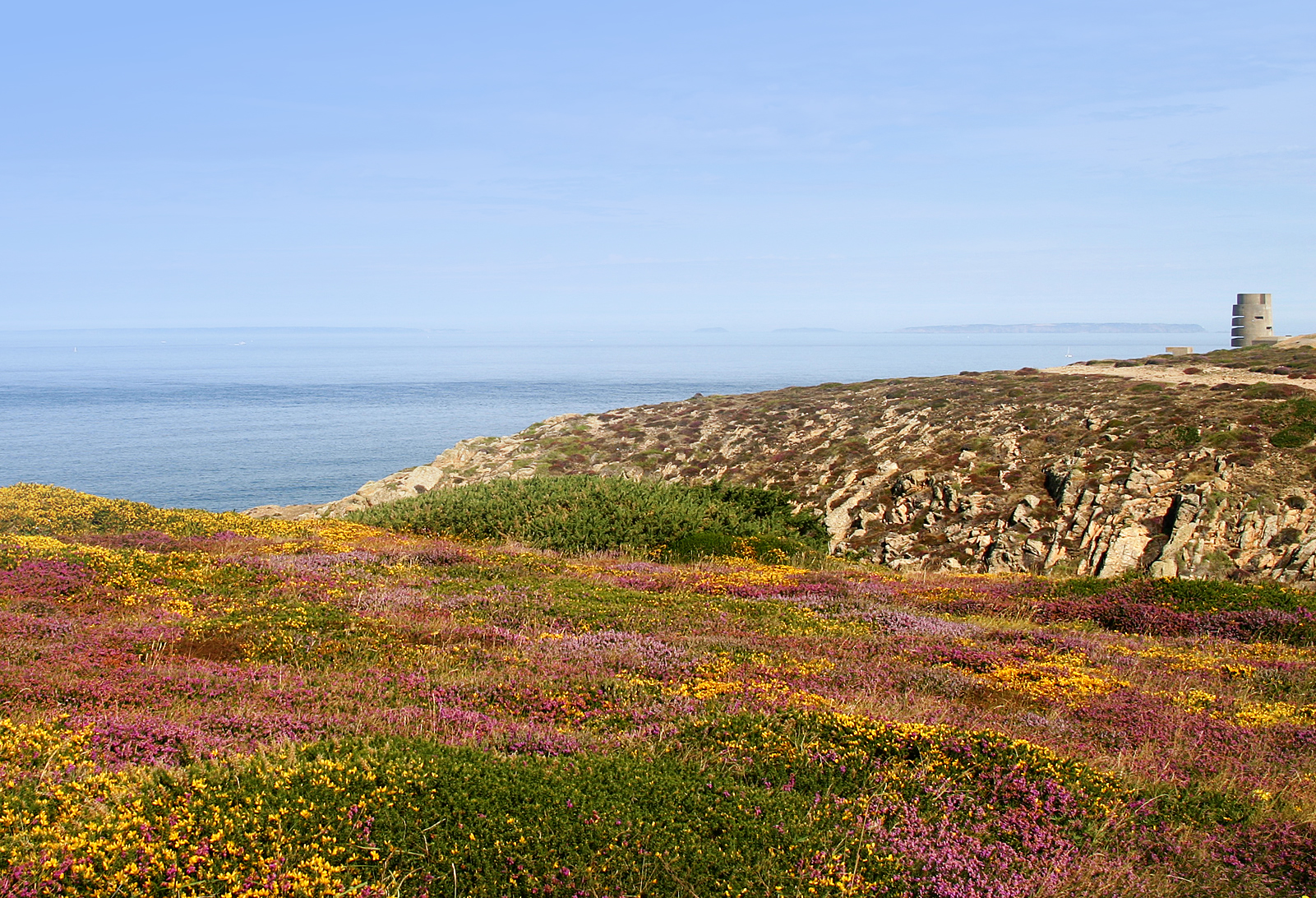 It is timely that, as we in the Channel Islands, with our friends at Swift Conservation, become increasingly concerned about our breeding swifts (see post here); there is a UK-based survey to try to determine numbers of these birds in the British Isles.
It is timely that, as we in the Channel Islands, with our friends at Swift Conservation, become increasingly concerned about our breeding swifts (see post here); there is a UK-based survey to try to determine numbers of these birds in the British Isles.
Swifts are fantastic birds, just look at these details of their annual migrations from the BTO. They are amongst the last spring migrants to arrive, but the first to leave. You’ve probably seen them speeding through the air, screaming their heads off, or swooping into crevices in buildings.
But, as we have seen locally, they’re in trouble – they are birds of Conservation Concern. Their numbers have declined dramatically in the past 10 years; we’re not sure why, but one likely reason is that their nest sites are being destroyed.
The RSPB is working with swift groups around the UK and your information will help our knowledge of swifts so that more nest sites can be provided and protected. Tell us where you see swifts and help us to help them. The RSPB will make sure that Channel Islands records and provided for our use in future.
What to do
The RSPB would like to find out where swifts are seen and where they’re nesting. Look out for low-level screaming groups of swifts (that means they’re breeding nearby) or where you’ve seen swifts nesting – perhaps entering a roof or hole in a building (if you can see the nest, it’s not a swift). The best time to look is around dusk on a warm, still evening, or early morning.
You don’t need to report sightings of swifts that are either very high in the sky, feeding over water bodies or away from villages, towns and cities. These birds could have travelled some distance and may not be local breeding birds (our birds may commute to France daily).
Submitting your results
Please submit your results online here.
You can enter as many records as you like at different times from anywhere across the UK. You can even record those sightings you remember from the past. The more records the better. If you already have an account for the RSPB’s online community you can sign in and enter your swift sightings using those details when the survey is open. If not, don’t worry, you can still submit your sightings.
I’ve done this before
The National Swift Inventory will only work if information is kept up to date. You may have submitted records in previous years, but it is important to know if birds are still returning to the same areas and using the nests you recorded them at before. Please submit the latest information relating to the site, giving either numbers of screaming birds and/or nests. This helps us know if the birds are returning, if the colony is stable and if the site still in use.
Identifying swifts
Swifts are often confused with similar hirundines (swallow, house and sand martin). This helpful identification video from the BTO show’s the differences:































